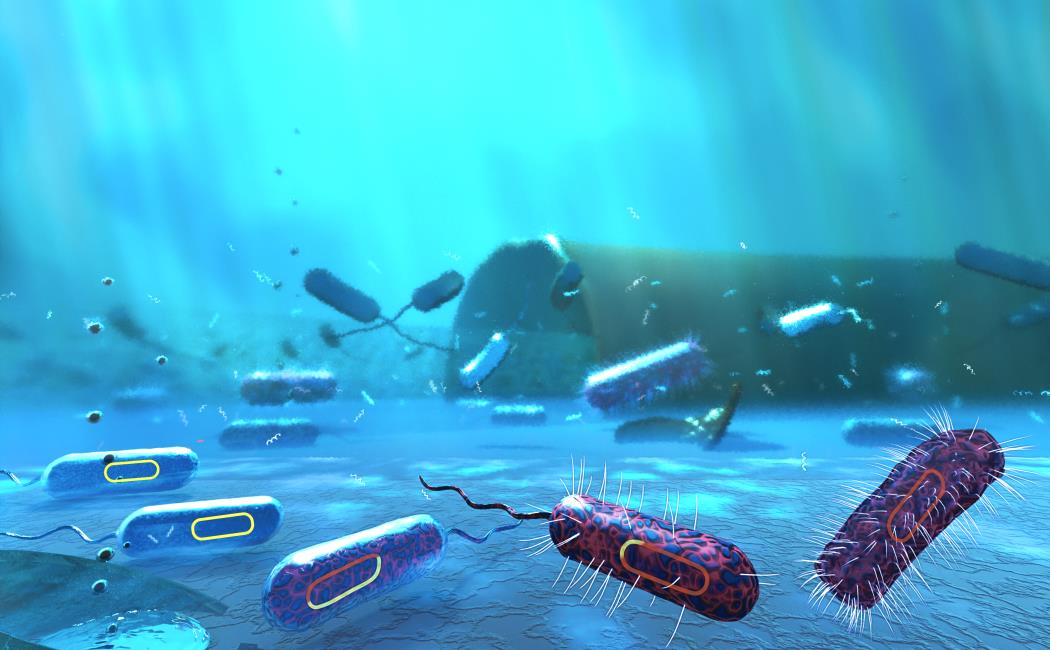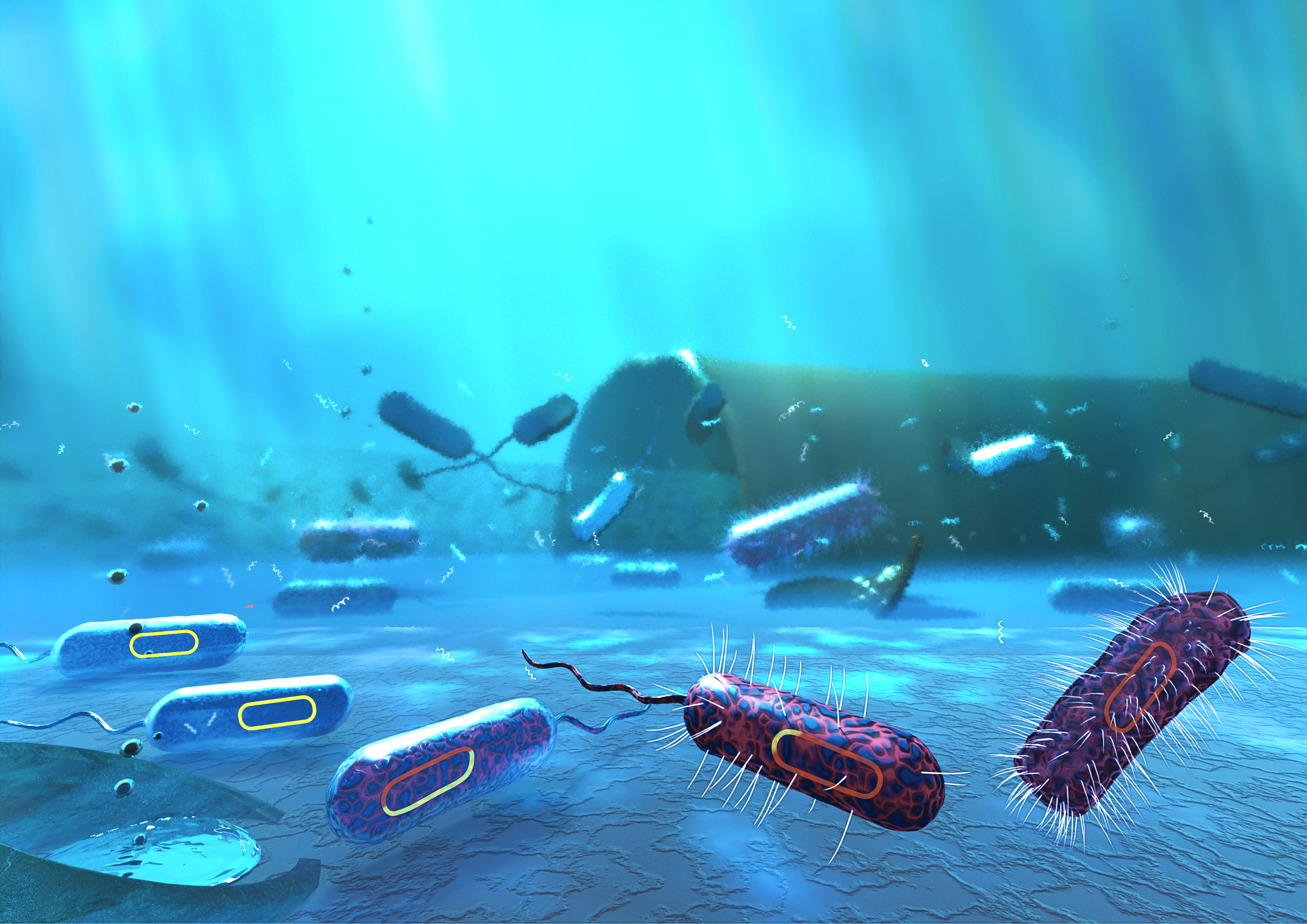


19 September, 2023
 Treating wastewater for safe reuse could provide an invaluable freshwater resource. © 2023 KAUST; Heno Hwang.
Treating wastewater for safe reuse could provide an invaluable freshwater resource. © 2023 KAUST; Heno Hwang.
The combination of chemical and physical stressors that bacteria face during wastewater treatment can impact the transfer of genes between them. But while certain combinations of stressors significantly increase the gene-transfer rate, other combinations reduce it, KAUST researchers have discovered. The finding could inform best practice design and management of wastewater treatment for reuse.
Globally, many regions are considering treated wastewater as a potentially invaluable freshwater source. “As part of the Saudi Vision 2030, water reuse and treatment rates need to be increased,” says Bothayna Al-Gashgari, a Ph.D. student in Peiying Hong’s group, who led the research. “Facilitating safe treatment and reuse is crucial,” she says.
Bacteria can naturally take up extracellular DNA (eDNA) from their surroundings and integrate the functional genes it contains into their genome. Treated wastewater can contain bacteria and eDNA at relatively high concentration. It can also expose bacteria to stressors known to enhance eDNA uptake and integration, including UV light, disinfection chemical byproducts and pharmaceuticals.
“Several studies have highlighted the potential impact of individual stressors in chlorinated wastewater on bacterial horizontal gene transfer,” Al-Gashgari says. But in a real wastewater environment, multiple stressors co-exist. “Our aim was to understand the effects of these factors in combination,” she says